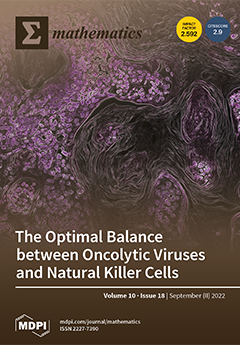Recent years have witnessed the intensive development of live streaming E-commerce, an emerging business mode. Although it contributes to economic growth, various forms of chaos show up and disturbs the market order. Therefore, from 1 July 2020, the official release of the first
[...] Read more.
Recent years have witnessed the intensive development of live streaming E-commerce, an emerging business mode. Although it contributes to economic growth, various forms of chaos show up and disturbs the market order. Therefore, from 1 July 2020, the official release of the first domestic document on live streaming E-commerce,
the Code of Conduct for Online Live Streaming Marketing, to the end of the first half of 2021, China has witnessed so intensive release of relevant policies that are rare over the past years. Introducing these policies will inevitably attract the general public’s attention and discussions. Based on online comments, this paper uses the LDA models to extract topics from online comments related to live streaming E-commerce and identifies sentiment polarity and sentiment intensity by the analysis models of different emotion dictionaries to study policy implementation effects and the main topics of concern before and after the policy implementation. The analysis results show that people between the age of 20 and 40 attach more importance to the implementation of the normative policy for live streaming E-commerce. Women, the main force of live streaming users, are less enthusiastic about the policy implementation than men. Moreover, the analysis results of the LDA models and online HDP (online hierarchical Dirichlet process) models demonstrate that the most discussed topics are the contribution of live streaming E-commerce to traditional economic transformation, public welfare activities, resumption of work and production, and poverty alleviation, as well as fraud, counterfeit goods, supervision, rights protection and other incidents in this industry. Overall, the majority of the public holds a positive attitude towards the policy implementation. After further analysis of comments under the relevant topics, it is found that compared with the first two policies released on 1 July and 5 November in 2020, although the proportion of netizens with positive emotions during the implementation of the follow-up policy has increased, the increment is not significant, indicating that the implementation of the new normative policy in a short term will hardly curb the occurrence of industry chaos. In turn, the governments should transfer their attention to actual regulatory problems, and intensify efforts to implement normative policies.
Full article





